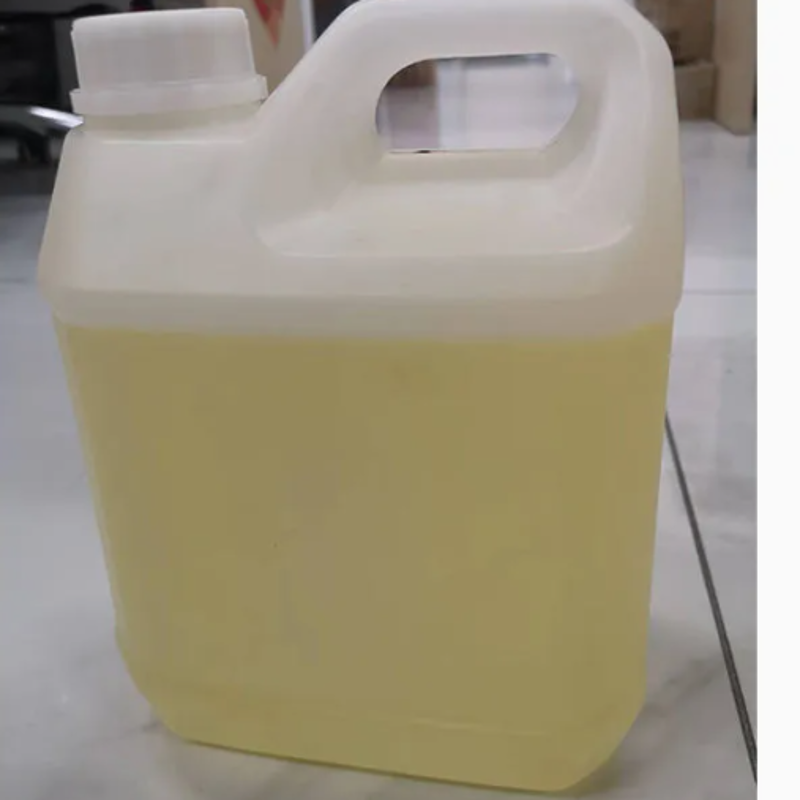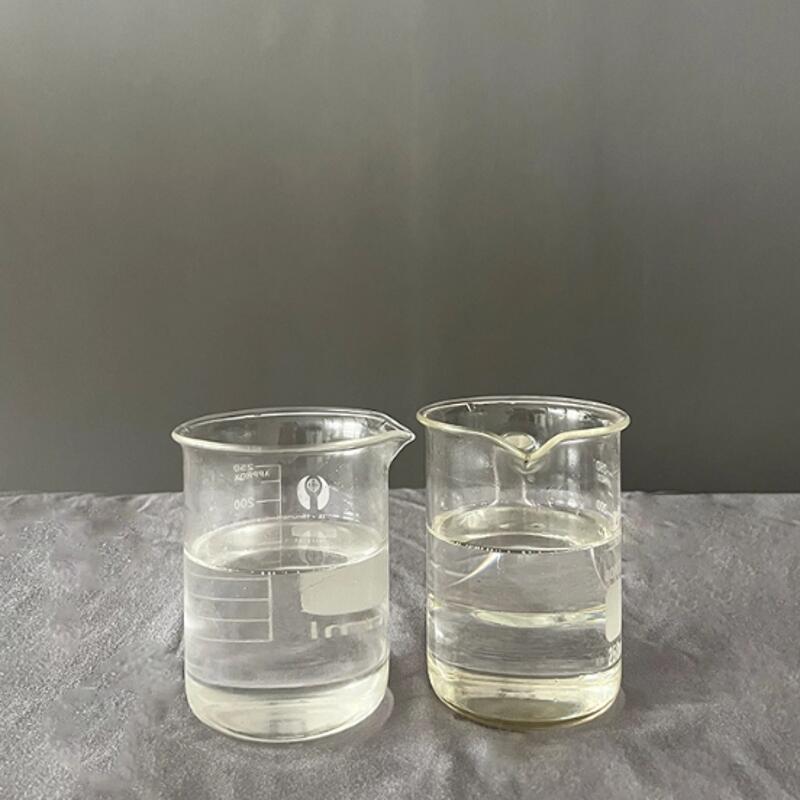-
Categories
-
Pharmaceutical Intermediates
-
Active Pharmaceutical Ingredients
-
Food Additives
- Industrial Coatings
- Agrochemicals
- Dyes and Pigments
- Surfactant
- Flavors and Fragrances
- Chemical Reagents
- Catalyst and Auxiliary
- Natural Products
- Inorganic Chemistry
-
Organic Chemistry
-
Biochemical Engineering
- Analytical Chemistry
-
Cosmetic Ingredient
- Water Treatment Chemical
-
Pharmaceutical Intermediates
Promotion
ECHEMI Mall
Wholesale
Weekly Price
Exhibition
News
-
Trade Service
As the gap between propylene supply and demand continues to widen, Kyle Mankin and Zeng Cai from Clariant's Catalysts business unit and Chul-Jin Kim from SK Advanced introduced how to utilize innovations in catalytic technology, combined with a customer-centric philosophy, to produce for PDH plants It lays the foundation for greatly breaking through the limitations of traditional craftsmanship
.
In a competitive market, companies building new propane dehydrogenation plants expect a quick return on investment
.
Propylene supply and demand contradiction
Propylene supply and demand contradictionPropylene demand is continuing to grow steadily, with global propylene demand expected to grow to 150 million tonnes by 2028, up from around 110 million tonnes in 2018 (Figure 1)
.
Figure 1.
Annual global propylene supply and demand comparison (Source: IHS Global Analysis, Spring 2019 data)
.
Propylene production from refineries and ethylene crackers has not kept pace with demand
.
Figure 2.
Propylene Capacity by Production Process (Source: IHS World Analysis, Spring 2019 Update and Clariant Internal Project Database)
first solution
first solutionCATOFIN is one of the earliest and most advanced olefin production technologies, producing olefins such as propylene (from propane), isobutene (from isobutane), and n-butene/butadiene (from n-butane) through catalytic dehydrogenation, with Excellent conversion and selectivity
.
Why choose CATOFIN?
Why choose CATOFIN?Two advantages common to all CATOFIN PDH units are the ability to operate reliably at high online rates (usually higher than 97%), and the actual output is significantly higher than the design capacity (up to 150% in some cases, over 110% on average)
.
Continue to advance
Continue to advanceTo further increase propylene production, Clariant and Lumms continue to write about CATOFIN's success with technological innovations such as heat generating materials (HGM) and new catalyst solutions
.
More recently, the latest technological breakthrough has been the introduction of the new CATOFIN 311, a commercial-proven catalyst with higher selectivity and longer lifetime, further improving the overall profitability of propane dehydrogenation businesses
.
At the same time, other new-generation products are also under intensive research and development, and the catalyst performance is expected to be further enhanced
.
Going forward, CATOFIN technology partner Lumus is also developing promising new solutions to minimize the number of reactors and thus reduce fixed investment without compromising plant capacity and advanced energy integration
.
Other optimizations include significantly reducing air volume through HGM and increasing feedstock air velocity, thereby reducing operating costs
.
Figure 3.
Propane conversion with and without HGM using CATOFIN catalyst under the same plant conditions
.
SK Advanced's success story
SK Advanced's success storySK Advanced, the world's largest PDH plant, also chose to use CATOFIN and HGM due to their well-known advantages
.
In 2013, three petrochemical companies including SK Gas Corporation Ltd.
, Advanced Petrochemical Company of Saudi Arabia and Petrochemical Industries Co.
of Kuwait jointly built a new propylene plant in Ulsan, South Korea SK Advanced
.
The plant, which took only 18 months from start-up to mechanical completion, produced more than designed capacity and achieved a faster-than-expected return on investment
.
The new CATOFIN PDH plant was completed in 2016 with a designed capacity of 600,000 tons/year
.
The first feed was made on March 8, 2016, and after 24 hours of operation, propylene was successfully produced that met the specifications
.
After a smooth ramp-up, the plant reached full capacity after two weeks of continuous operation
.
The design conversion rate is also fully met, and the selectivity is increased by 2.
5 to 3.
5 % compared with the CATOFIN PDH unit without HGM
.
For a 600,000-ton-per-year plant, this higher selectivity equates to an annual increase in propylene production of 21,000 tons and associated additional benefits
.
The plant has been operating at 110% of average design capacity, with a peak load of 116%
.
Therefore, it is not surprising that the cumulative output of the plant in the four years since it was put into operation has far exceeded the designed output of 2.
4 million tons
.
In addition, the addition of HGM to the design increases the catalyst's run time from 3 to 4 years, saving the cost of a complete shutdown over a 12-year run cycle, compared to a plant without HGM
.
Summarize
SummarizeContinued growth in demand for the abundant low-cost propane and propylene in light shale gas condensate creates significant business opportunities for proprietary PDH players
.
Groundbreaking technology and continuous catalyst innovation keep CATOFIN technology the most advanced, efficient and reliable solution
.
The success of SK Advanced is one of many recent CATOFIN start-ups that demonstrate how the technology can translate production company expectations into highly profitable day-to-day operations that exceed capacity expectations
.
Clariant and Lummus are committed to continuous innovation for existing customers and new projects, leading CATOFIN into the next development milestone
.







